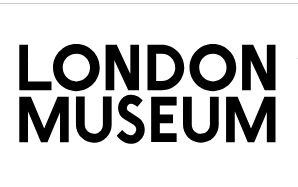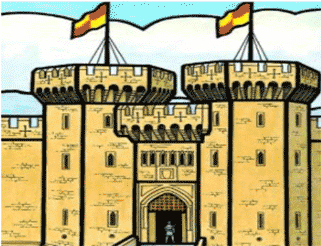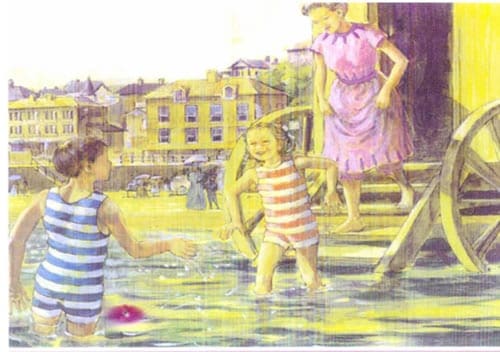
If you get the chance, between the end of term and April, to visit the Museum of London’s exhibition Fire! Fire! don’t hesitate. There are some extraordinary exhibits and it offers a really interesting opportunity to bring your teaching of this popular topic right up-to-date .
Teaching the causes and consequences of the Great Fire is a popular angle most of us take. It is worth noting the following:
- One of several factors that added to the force of the fire was a drought that had started the previous November.
- The intense heat of 1,200 degrees centigrade was caused by warehouses stuffed with combustible goods such as oil and brandy!
- A burnt-out shop excavated as recently as 1979 was found to house 20 barrels of tar.
- The strong east wind was described as a storm.
- The fire engines, such as they were, gave only 6 pints of water per squirt and could travel no further than a few feet!
So if you’re looking for some new angles try to weave these into your explanation. It makes so much more sense to ask the question why did the Great Fire burn down so many more houses than other fires. Whilst the inadequate fire engines would not explain it, the other three factors, especially in combination, above certainly would!








